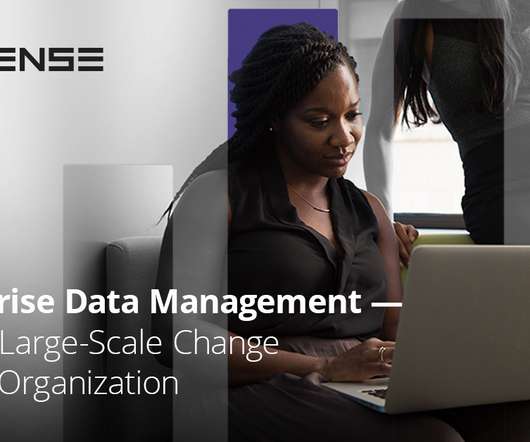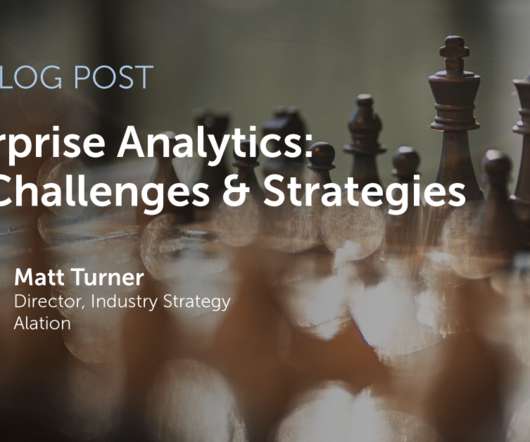Critical Components of Big Data Architecture for a Translation Company
Smart Data Collective
JANUARY 26, 2021
However, big data often encapsulates using constantly growing data sets to determine business intelligence objectives, such as when to expand into a new market, which product might perform overseas, and which regions to expand into. How Does Big Data Architecture Fit with a Translation Company?

















Let's personalize your content